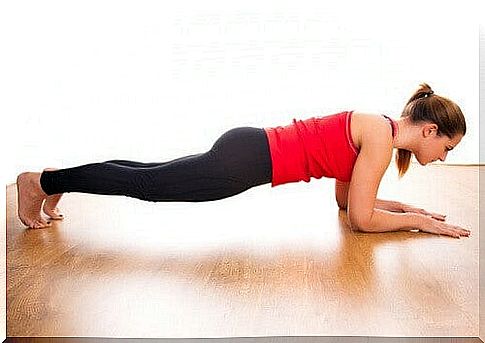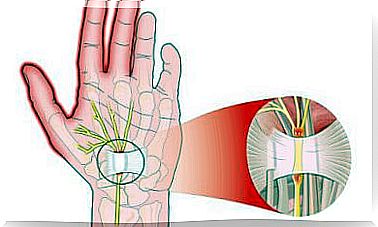Training Abdominal Muscles Without Straining Your Back

The abdominal muscles include the inner oblique abdominal muscle, the outer oblique abdominal muscle, the transverse abdominal muscle, the straight abdominal muscle, and the pyramidal muscle. The abdominal muscles are responsible for balancing the body and posture, protecting the internal organs and so on. Abdominal muscle training is very popular nowadays, not only for health reasons but also for aesthetic reasons. Who wouldn’t want a flat and firm stomach? However, many do not know how to do these movements correctly, as a result of which the back and especially the lower back area is easily sore. In this article, you will find some very simple tips to help you train your abdominal muscles without straining your back.
First step: focus on breathing
When training the abdominal muscles, it is essential to breathe with the right technique. A common mistake is to hold your breath during exercise. It would be ideal to inhale before tensioning the abdominal muscles and exhale when tensing.
Experts recommend exhaling by gradually releasing air through the mouth. Holding your breath increases the pressure in the abdomen by overloading the diaphragm too much. This and the pressure caused by the abdominal muscle movement together could even lead to a hernia.
Training the abdominal muscles without straining the back

Lower back pain is one of the most common ailments in adults, mainly due to a passive lifestyle. Passive lifestyle and poor posture at the desk are its biggest causes.
Doing abdominal movements incorrectly can aggravate back problems instead of strengthening the abdominal muscles. It is therefore important to pay close attention to technology. First, you should use a training mat or some other surface to protect your back from a hard surface.
If your abdominal movement involves raising your legs, try to keep your back on the floor. To do this, you can place your palms under your buttocks this will help prevent your back from rising off the ground.
If you have problems with your lower back, it is recommended to replace traditional abdominal movements with other exercises. Planks and vacuum exercises are great options. The latter are static movements that strengthen the muscles in both the lower back and abdomen without putting pressure on the back or straining it too much.
Training the abdominal muscles without straining the neck
Neck strain is very common when doing traditional abdominal movements where you are lying on your back and lifting your upper body towards your knees. Many lift the body partially with the neck or back, which can cause very serious damage to the neck.
To avoid this problem, it is essential to focus only on utilizing the power of the abdominal muscles to lift oneself up. You can rest your neck on your palms by holding your hands behind your neck, but be careful not to pull your neck up.
If you already have problems with your neck, it is better to train your stomach by utilizing leg movements so that your head stays on the ground.
Training the abdominal muscles without straining the back: the best movements

As mentioned earlier, traditional abdominal movements are usually done from the back, lifting the upper body off the floor. However, the stomach can also be trained in many other ways. These other options are actually much less harmful to the neck and back.
For example, try planks. The planks rest on the forearms and toes facing the floor. Properly done, the body should form a straight line so that the buttocks are not too high or low. Try to make several sets of planks by holding the position for about half a minute to a minute.
There are many types of plank variations, one of which, for example, raises one foot at a time. You can also try side planks that are sideways with one foot resting on the other foot. Lie on your forearm and lift your hips, keeping your body straight. You can also raise your hand towards the ceiling. The side planes train the oblique abdominal muscles.
Summary
If you want a flat stomach and also improve your balance and posture, you may want to do abdominal movements. However, keep in mind the tips you learned today.
Try to control your breathing, focus on making movement with your abdominal muscles alone, and protect your back. This will help prevent or reduce lower back and neck problems. This way, training your abdominal muscles is also more effective.









